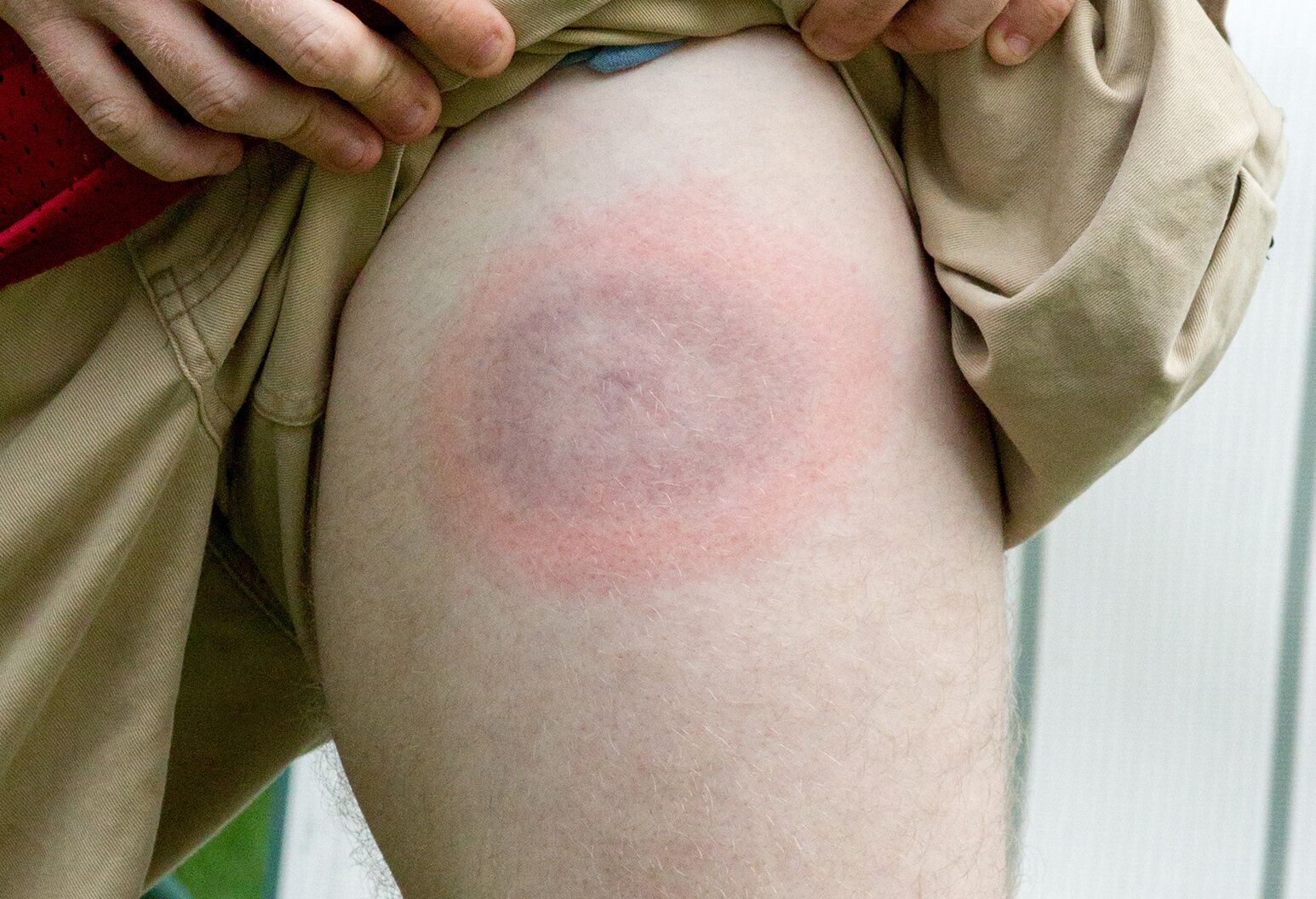The Duty of Lymecare Alliance beforehand Lyme Condition Research Study
The Duty of Lymecare Alliance beforehand Lyme Condition Research Study
Blog Article
Comprehending Lyme Disease-- Necessary Recognition for Avoidance
Lyme condition continues to be a substantial public wellness worry, mainly transmitted via the attacks of contaminated ticks, specifically in regions with thick plant life. The early identification of Lyme disease is critical, yet several people remain unaware of its manifestations or the environments that posture the greatest threat.
What Is Lyme Illness?
If left neglected, Lyme condition can advance to much more extreme phases, possibly impacting the joints, heart, and nerves. Individuals may experience joint inflammation, neurological issues, or cardiac problems. The disease can be testing to diagnose, as its signs and symptoms can mimic those of other ailments. Analysis techniques commonly include a mix of medical evaluation and lab screening, including serological assays to detect antibodies against Borrelia burgdorferi.
Prompt recognition and treatment are critical in managing Lyme illness and preventing issues, with early antibiotic intervention typically leading to favorable results.
Just How Lyme Disease Spreads
Lyme illness mostly spreads out via the bite of contaminated black-legged ticks, additionally called deer ticks, which carry the microorganism Borrelia burgdorferi. These ticks are typically found in grassy or wooded areas, commonly staying on hedges or low vegetation. They call for a blood dish from a host, such as pets or human beings, to reproduce and flourish.
Transmission typically occurs when ticks affix to the skin and continue to be for an extended duration, usually 24 to 2 days. The threat of infection raises with the duration of attachment, as the bacterium is sent from the tick's saliva right into the host's bloodstream. Ticks can be active throughout warmer months, particularly in spring and summer, making outdoor activities a potential threat for exposure.
While black-legged ticks are the main vectors, various other species, such as the Western black-legged tick, can also transfer Lyme condition. It is important to be cautious in areas where ticks prevail. Preventative measures consist of putting on protective clothes, using tick repellents, and conducting thorough tick checks after exterior tasks to lower the possibility of attacks and subsequent transmission of Lyme illness.
Signs And Symptoms and Medical Diagnosis
Acknowledging the signs of Lyme disease is essential for timely diagnosis and treatment, as very early intervention can substantially affect healing. The most recognizable very early symptom is the erythema migrans breakout, which shows up as a circular, red sore with a main cleaning, frequently looking like a "bull's- eye." This rash usually develops within 3 to thirty day after a tick bite and may be come with by flu-like signs such as fever, chills, exhaustion, muscle mass pains, and migraines.

Diagnosis of Lyme condition mainly counts on medical analysis, thinking about the individual's symptoms and possible exposure to ticks in native locations. Lab examinations, including enzyme-linked immunosorbent assays (ELISA) complied with by Western blot examinations, can sustain the medical diagnosis however are not definitive in early-stage Lyme disease. Trigger recognition and medical diagnosis are essential for starting proper antibiotic treatment, which is most effective when provided early in the condition training course.
Avoidance Approaches
Preventing Lyme disease requires a proactive method, especially for individuals who hang around in areas where ticks are common. The very first line of protection involves wearing ideal clothing, such as lengthy trousers and lengthy sleeves, preferably made from firmly woven fabrics - Lymecare Alliance. Light-colored apparel can aid in detecting ticks a lot more conveniently. In addition, tucking trousers right into socks and making use of tick-repellent items consisting of DEET or permethrin can substantially decrease the risk of tick attachment.
Routinely inspecting oneself, youngsters, and family click now pets for ticks after outdoor tasks is vital. Ticks ought to be promptly gotten rid of utilizing fine-tipped tweezers, grasping them as near to the skin's surface as feasible. It is advisable to shower within 2 hours of returning indoors, as this can aid get rid of ticks prior to they connect.

Therapy Options
Efficient monitoring of Lyme disease pivots on suitable and timely treatment choices, which mainly include antibiotic therapy. Early localized Lyme illness is typically treated with oral antibiotics such as doxycycline, amoxicillin, or cefuroxime axetil for a duration of 10 to 21 days.
In instances of early shared Lyme disease, where neurological or cardiac signs and symptoms may arise, a longer course of intravenous anti-biotics or oral antibiotics might be necessitated. For people experiencing relentless signs after first therapy, called Post-Treatment Lyme Illness Syndrome (PTLDS), an extra intricate management method may be required. This can involve a multidisciplinary technique, addressing not just the physical signs and symptoms however also psychological elements, as exhaustion and cognitive problems prevail.
It is important for patients to involve in open communication with their doctor to customize therapy plans to their details needs, ensuring the finest feasible outcomes in the management of Lyme condition.
Verdict
Lyme condition presents significant health and wellness threats mostly due to its click here to read transmission by means of contaminated black-legged ticks. Proceeded understanding and education regarding Lyme condition are important in reducing its impact, therefore promoting much healthier communities and protecting public health and wellness against this pervasive tick-borne ailment.
Lyme illness largely spreads with the bite of contaminated black-legged ticks, likewise understood as deer ticks, which carry the bacterium Borrelia burgdorferi. Lymecare Alliance.While black-legged ticks are the key vectors, various other species, such as the Western black-legged tick, can also transfer Lyme disease. Preventative actions include putting on protective garments, utilizing tick repellents, and conducting detailed tick checks after outdoor tasks to minimize the probability of attacks and subsequent transmission of Lyme disease
Medical diagnosis of Lyme disease mainly depends on clinical evaluation, taking into account the patient's signs and symptoms and possible exposure to ticks in native to the island locations.Lyme disease postures considerable health threats largely due to its transmission by means of contaminated black-legged ticks.
Report this page